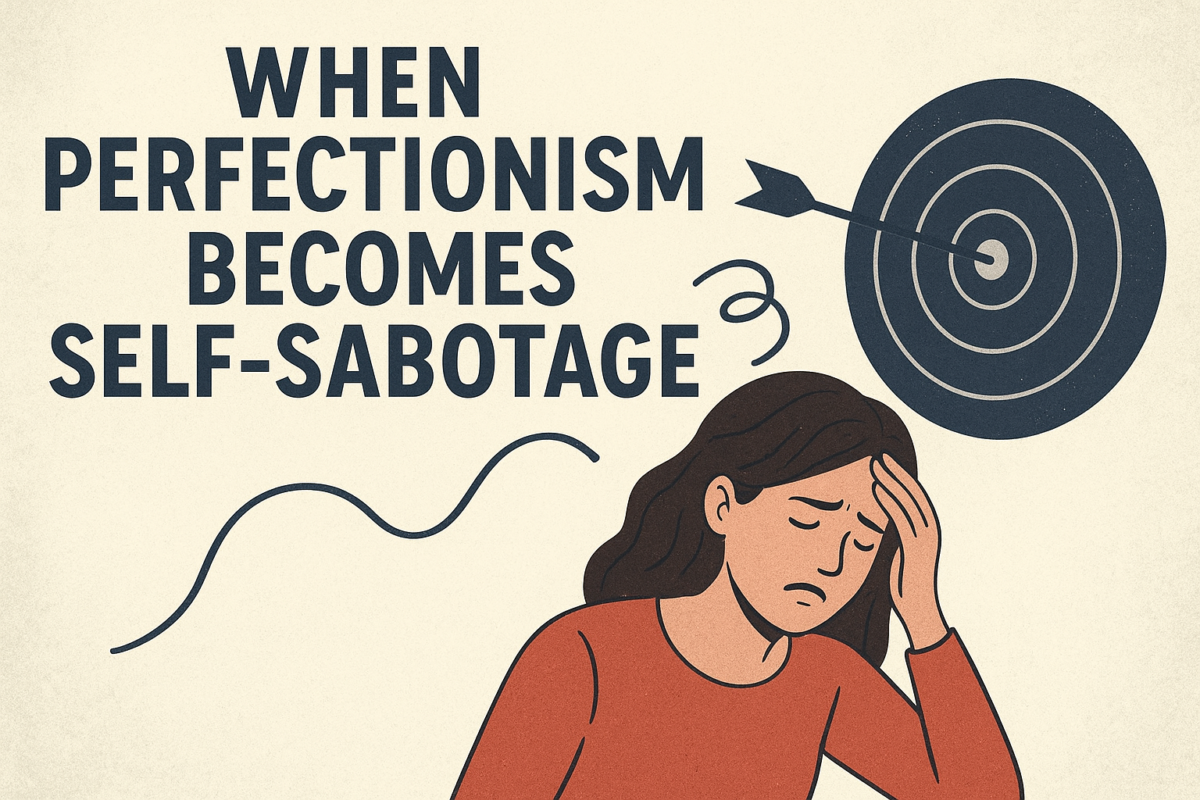Steve Jobs is a name that has become synonymous with innovation, ambition, and transformative technology. The co-founder of Apple Inc., Jobs reshaped multiple industries — from personal computing to music, animation, and mobile communication. His story is one of brilliance, persistence, and relentless pursuit of excellence, mixed with controversy and personal complexity.
Early Life and Influences
Steven Paul Jobs was born on February 24, 1955, in San Francisco, California, and was adopted shortly after birth by Paul and Clara Jobs. Growing up in Silicon Valley, Jobs was exposed to electronics and engineering from an early age. He showed curiosity and talent for gadgets, working in his father’s garage and experimenting with electronics with his friends.
Jobs’ rebellious nature and creative mind became evident in high school and college. He was drawn to Eastern philosophy, calligraphy, and design, influences that would later shape Apple’s emphasis on aesthetics and user experience.
Founding Apple
In 1976, Jobs co-founded Apple Computer with Steve Wozniak and Ronald Wayne in his parents’ garage. Their first product, the Apple I, was a modest personal computer kit. The following year, the Apple II became a commercial success, helping launch the personal computing revolution.Jobs was not just a technical innovator; he was also a visionary marketer. He understood that technology needed to be intuitive and beautiful. His approach to product design emphasized simplicity, elegance, and usability, setting Apple apart from competitors.
Rise, Setbacks, and Return
The launch of the Macintosh in 1984 showcased Jobs’ vision for graphical user interfaces and creative computing. However, internal conflicts with Apple’s board led to Jobs being forced out of his own company in 1985.Not one to give up, Jobs founded NeXT, a computer platform company focused on higher education and business markets, and acquired Pixar Animation Studios, which would later revolutionize animated films. Pixar’s success with movies like Toy Story transformed the studio into a major media powerhouse.
In 1997, Apple acquired NeXT, bringing Jobs back to the company he co-founded. His return marked the beginning of a remarkable renaissance for Apple, leading to a string of iconic products.
Revolutionary Products
Under Jobs’ leadership, Apple launched products that redefined entire industries:
IMac (1998): Combined design innovation with user-friendly computing.
iPod (2001): Transformed the music industry and portable media consumption.
ITunes Store (2003): Changed how people purchased and consumed music.
iPhone (2007): Revolutionized mobile phones, creating the modern smartphone era.
IPad (2010): Opened new markets for tablets and digital content.Jobs’ philosophy was that technology should be intuitive, elegant, and seamless, and this vision became a hallmark of Apple products.
Leadership Style and Legacy
Jobs was known for his demanding, sometimes abrasive management style. He could be brutally honest with employees, pushing them to achieve perfection. Yet his intensity also inspired incredible innovation, driving Apple to become one of the world’s most valuable companies.Jobs’ focus extended beyond products to culture: he emphasized creativity, simplicity, and aesthetic appeal, transforming Apple into a brand synonymous with design and innovation.
Health Struggles and Passing
In 2004, Jobs was diagnosed with a rare form of pancreatic cancer. Despite health challenges, he continued to lead Apple, unveiling products that changed technology and media forever. On October 5, 2011, Steve Jobs passed away at the age of 56. His death marked the loss of a visionary whose impact on technology, business, and culture remains unparalleled.
Takeaways from Steve Jobs’ Life
1. Vision matters: Jobs’ ability to see the future of technology drove innovations that reshaped entire industries.
2. Design and user experience are key: Technology alone isn’t enough; usability and aesthetics matter.
3. Persistence and resilience: Despite being ousted from Apple, Jobs returned to transform it into a global powerhouse.
4. Impact transcends products: Jobs’ influence extends beyond gadgets — shaping media, communication, and culture itself.
Steve Jobs’ life is a story of creativity, risk-taking, and relentless pursuit of excellence. From a garage startup to a global empire, he demonstrated the power of vision and innovation. His legacy reminds us that technology isn’t just about function — it’s about creating experiences that inspire, connect, and transform the world.
Even years after his passing, Jobs’ philosophy continues to guide entrepreneurs, designers, and innovators around the globe, proving that true vision can leave a mark long beyond a single lifetime.
